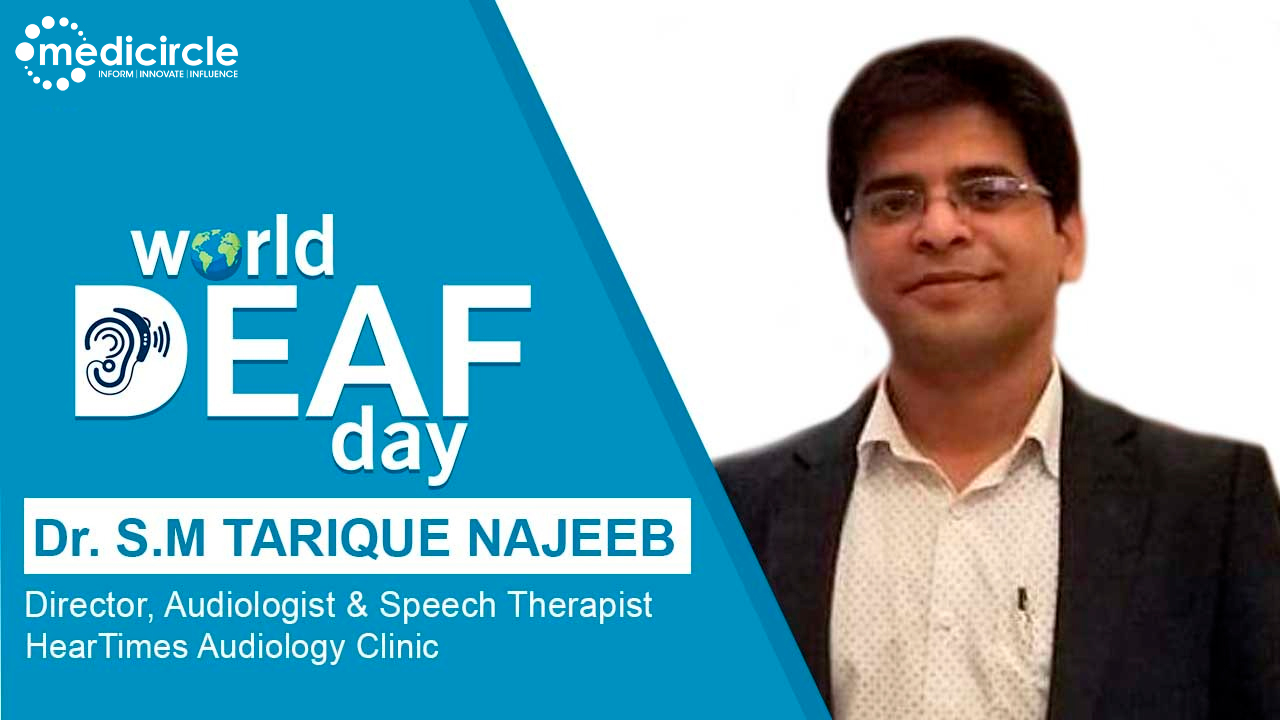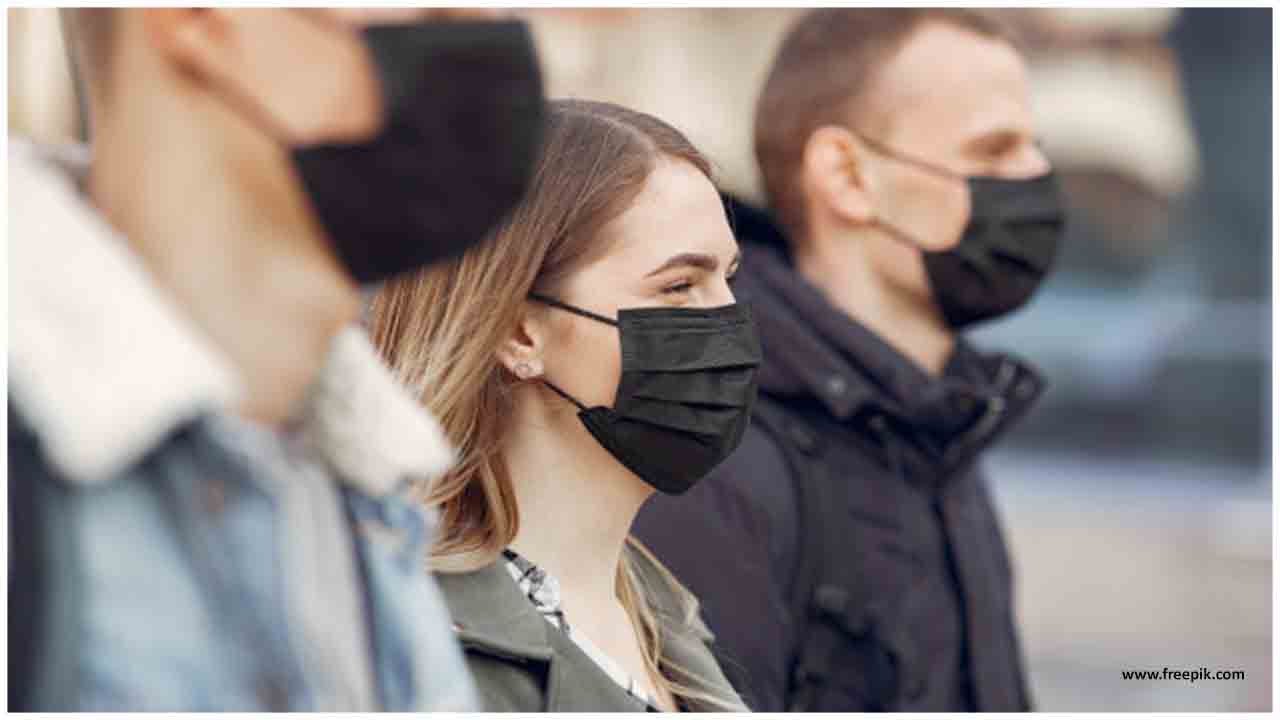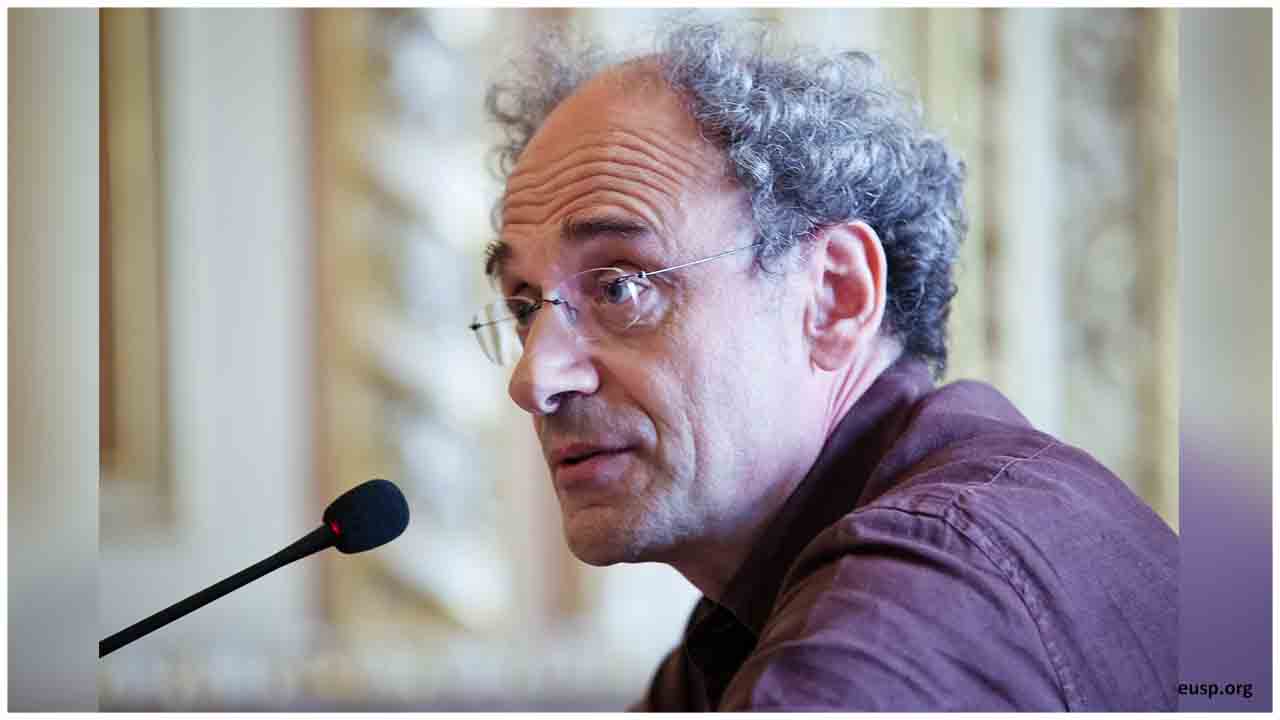According to WHO, there are 360 million persons in the world with disabling hearing loss. Disabling hearing loss is defined as Adults (15 years and older): hearing loss greater than 40 decibels (dB) in the better hearing ear; and Children (0 – 14 years of age): hearing loss greater than 30 dB in the better hearing ear. Hearing loss not only affects hearing sense, but it also affects the spoken language, which is very important in life for communication with the outer world.
International Week of the Deaf starts in the last week of September and ends on the last Sunday of the month. This last Sunday is known as World Day of Deaf. This day is celebrated to draw the attention of not only affected people and their family members but also to draw the attention of general people, politicians, and development authorities towards the achievements and challenges of the deaf community. On this day of Deaf, Medicircle is conducting an exclusive series to create awareness on prevention and control of hearing impairment.
Dr. S.M Tarique Najeeb is a Director and Audiologist of Hear Times Clinic. He is also a Speech therapist and has special expertise in treating hearing impairments and speech therapy along with hearing aid dispensing, fittings, and voice therapy. He is also worked for Army Hospital Delhi and other organizations. He is also joint secretary of the Delhi branch of the Speech and Hearing Association.
Hygienic cleanliness for ears
Dr. S.M Tarique Najeeb says, “My first question to you is” How do you know that your ears are unclean?”It is very important to understand this. Many people use earbuds to clean the wax in their ears. The dirt in your ears is not considered bad. Be careful in whatever you insert in your ears. With ear wax, our ear canal stays moisturized and traps the foreign dirt before entering the ear. Many people have itching in the ears due to dryness. Ear wax is considered healthy provided it is cleaned from time to time. Do not clean your ears on your own. Consult a specialist who can help you. Do not fidget with your ears to remove wax on your own. Consult your ear specialist once a year.
Ear discharge
Dr. S.M Tarique Najeeb says, “Ear discharge is a common problem in children and adults. More commonly seen in children. There are 3 organs of the ear which are as follows-
The outer ear does not deal with hearing issues. The middle ear is an air-filled cavity through which the sound resonates The inner ear is the most important part which helps in hearing There is a tube attached that helps in the propagation of sound. This tube causes ear discharge passing through the neck to the stomach. There is an eardrum present between the outer and inner ear
In case, of fever or nose block, the auditory tube or eustachian tube gets blocked leading to stagnation of ear discharge. This can lead to the formation of pus. This eardrum is very delicate and must be taken care of in case of home remedies. Many patients complain of the heaviness of the ears which leads to rupture of the eardrum. If you have discharge from the ears, kindly consult an ENT specialist who can help you. Ignoring this can lead to complications.”
Tips for hearing loss
Dr. S.M Tarique Najeeb says, “The tips are as follows-
Correct use of earphones by taking care of the volume is a must An allergic reaction to medicines can cause hearing loss Avoid loud voice exposure Use ear protective devices Take 15 mins to break in case of loud noise continuous exposure Recover from temporary hearing loss with 18 hour-long gaps Do not insert any objects in-ear which may cause injury Regular test for hearing once a year
Congenital hearing loss
Dr. S.M Tarique Najeeb says, “Congenital hearing loss is present since birth seen in children which may lead to complication to speech and language problems. They cannot converse in any language as they cannot hear. Just because you cannot hear, you can't understand and this leads to “deaf and dumb problem” The reasons are -
Neonatal jaundice Syndromes Birth injuries Infections
The newborn should be checked immediately after 14 hours of birth.”
(Edited by Dr.Rati Parwani)

 Dr S.M Tarique Najeeb gives his special information and expertise on tips for healthy ears. He also suggest that consulting your ear specialist is once a year for an annual health check-up. He also mentions do not to ignore ear problems to avoid complications.
Dr S.M Tarique Najeeb gives his special information and expertise on tips for healthy ears. He also suggest that consulting your ear specialist is once a year for an annual health check-up. He also mentions do not to ignore ear problems to avoid complications.




















.jpeg)

.jpeg)
.jpeg)

.jpeg)


.jpeg)



.jpeg)
.jpeg)
.jpeg)


.jpg)


.jpeg)
.jpeg)